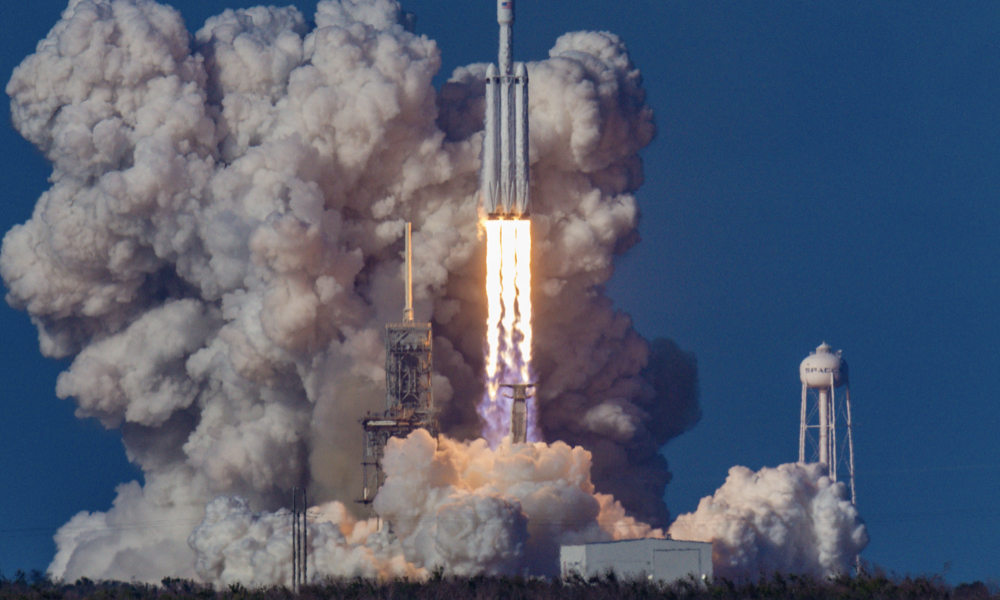
ESA Open Invitation to Tender AO9469
Open Date: 13/07/2018
Closing Date: 05/09/2018 13:00:00
Status: ISSUED
Reference Nr.: 18.133.05
Prog. Ref.: Technology Developme
Budget Ref.: E/0901-01 – Technology Developme
Special Prov.: BE+DK+FR+DE+IT+NL+ES+SE+CH+GB+IE+AT+NO+FI+PT+GR+LU+CZ+RO+PL+EE+HU
Tender Type: C
Price Range: > 500 KEURO
Products: Satellites & Probes / Materials / Metallic
Techology Domains: Materials and Processes / Novel Materials and Materials Technology Includes materials not yet used in space but presenting potential interest. / Material Assessment / Materials and Processes / Materials Processes / Characterisation and Feedback / Materials and Processes / Modelling of Materials Behaviour and Properties / Characterisation, Modelling and Testing of Fracture Mechanics / Materials and Processes / Non-Destructive Inspection
Establishment: ESTEC
Directorate: Directorate of Tech, Eng. & Quality
Department: Product Assurance and Safety Department
Division: Materials & Components Technology Divisi
Contract Officer: Almeida, Rudolfo
Industrial Policy Measure: N/A – Not apply
Last Update Date: 13/07/2018
Update Reason: Tender issue
Additive Manufacturing (AM), or 3D printing is seen as one of the key enabling technologies for Space applications. The basic principle of AM is the continuous addition of material where it is needed to obtain a fit-for-purpose hardware, usually following a layerby layer approach. This technique allows the manufacture of hardware with unrivaled geometrical complexity, thusleading to a reduction of mass and lead time or part count number for assemblies.The layer-wise manufacturing principle poses difficulties and opportunities at the same time. Within each of the layers, defects could arise, on the other hand, the part being manufactured can be monitored within every of the thin layers. Due to the high possible geometrical complexity, classical NDI methods are hardly applicable and common destructive testing methods need tobe adapted. Hence, new approaches to verify the quality of AM components and further knowledge about effects of defects are required.The activity includes the following tasks:1) Review of state of the art process monitoring and NDI capabilities applicable for space hardware, resulting in requirements for adaptations2) Selection and adaptation ofprocess monitoring and NDI methods3) Definition and manufacture of representative specimens, while recording process relevant data4) Evaluation of data gained via process monitoring, investigation of specimens with NDI techniques, focusing on critical bulk defects and surface or sub surface defects5) Identification of process monitoring and NDI methods limitations, also including smallestdetectable defect size6) Development of advanced process monitoring and NDI methods according to identified limitations7) Manufacture and evaluation of samples using advanced process monitoring and NDI methods8) Literature review of typical defects occurring forthe most common Ti, Al, and Ni alloys within the powder bed based metal AM process9) Definition of appropriate mechanical tests toinvestigate the effect of the defects10) Assessment of the effect of critical defects11) Definition of acceptance criteria for the investigated alloys
If you wish to access the documents related to the Invitation to Tender, you have to log in to the ESA Portal.
